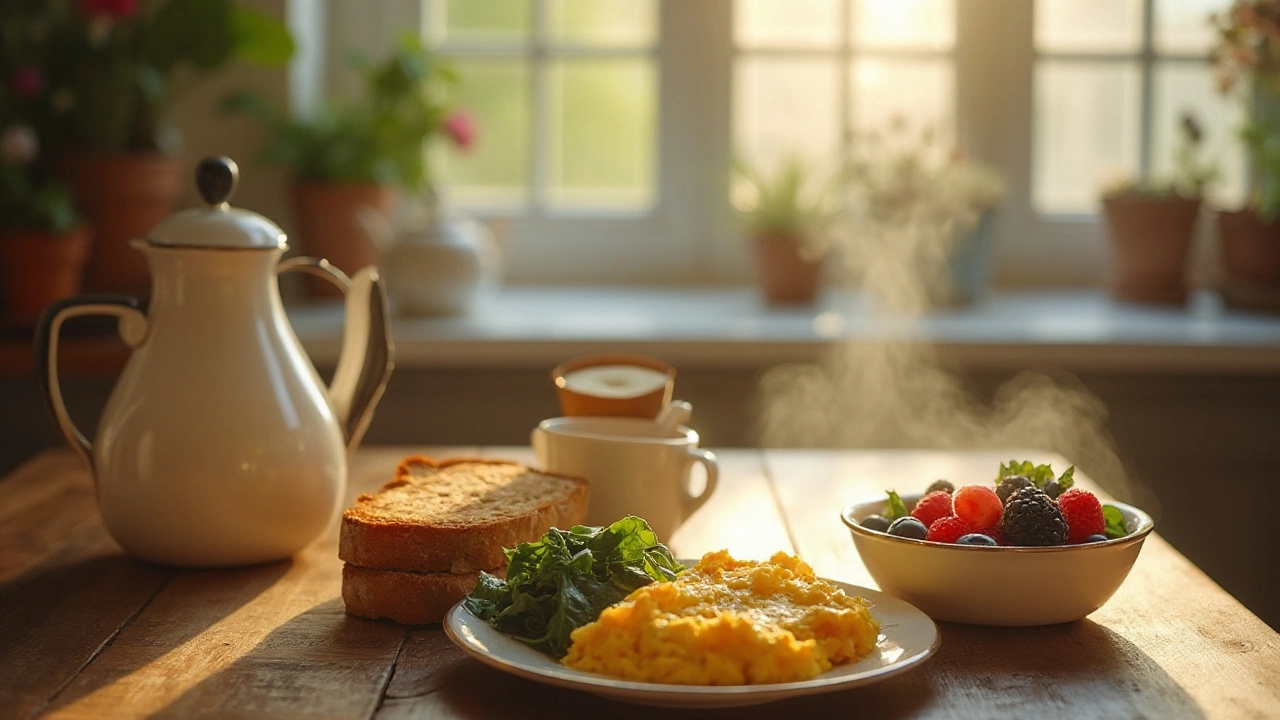Nutritious Recipes for Everyday Cooking
Everyone wants food that tastes good and fuels the body, but busy lives make it easy to skip the healthy part. The good news? You don’t need a fancy kitchen or a big budget to whip up nutritious meals. Below you’ll find practical ideas that fit right into a regular week.
Why Nutritious Recipes Matter
Eating well isn’t just about losing weight or looking good. It’s about giving your body the vitamins, protein, and fiber it needs to keep energy up and mood steady. When you choose recipes that balance carbs, protein, and healthy fats, you avoid the mid‑day crash that comes from sugary snacks or heavy take‑out.
Another plus is saving money. Whole foods like beans, lentils, and seasonal veggies cost less per serving than processed meals. By planning around what’s in season, you get better flavor and lower grocery bills.
Quick Tips to Make Healthy Meals Simple
1. Build a pantry of staples. Keep beans, brown rice, oats, canned tomatoes, and frozen veggies on hand. They’re cheap, last long, and form the base of many nutritious dishes.
2. Pick one protein, one veg, and one grain. For a balanced plate, combine a protein (chickpeas, eggs, or chicken breast), a veg (broccoli, carrots, or spinach), and a grain (quinoa, rice, or whole‑wheat pasta). Add a splash of olive oil or a squeeze of lemon for flavor.
3. Use the “5‑minute rule.” If a recipe takes more than five minutes to prep, look for shortcuts: pre‑chopped veggies, pre‑cooked grains, or a one‑pot method. This keeps cooking from feeling like a chore.
4. Season with herbs, not salt. Fresh herbs like basil, cilantro, or thyme add depth without the sodium overload. A handful of frozen herbs works just as well and stays in the freezer for months.
5. Batch cook on Sundays. Cook a big pot of beans or a tray of roasted veg, then store portions in the fridge. You’ll have ready‑to‑heat components for lunches, dinners, or quick snacks.
Here’s a sample day using these ideas: Breakfast – oatmeal topped with frozen berries and a spoonful of almond butter. Lunch – quinoa bowl with roasted carrots, chickpeas, and a drizzle of tahini. Dinner – stir‑fried broccoli and chicken breast over brown rice, finished with a splash of soy sauce and chopped garlic.
All of these meals stay under $3 per serving and take no more than 20 minutes total. The key is keeping ingredient lists short and using what’s already in your pantry.
When you shop, glance at the seasonal produce chart for your region. In spring, look for peas, asparagus, and strawberries; in autumn, pumpkin, apples, and Brussels sprouts become cheap and sweet. Buying what’s in season means you get more flavor for less money.
Finally, don’t forget to listen to your body. If a recipe feels heavy, swap a grain for extra veg or add a side salad. Small tweaks keep meals nutritious without sacrificing taste.
With these simple steps, nutritious recipes become a habit rather than a project. Grab a few pantry staples, pick a seasonal veg, and start cooking. Your body, wallet, and taste buds will thank you.

Top Nutritious Breakfasts for Effective Weight Loss
Choosing the right breakfast can kickstart your day and aid in shedding unwanted pounds. Breakfast is crucial as it sets the pace for your metabolism, helps you feel fuller longer, and provides essential nutrients to start your day. Opting for high-protein and fiber-rich foods can make a significant difference in weight management. Learn about the best breakfast choices and some interesting tips to make your morning meal both delightful and slimming.
More Detail